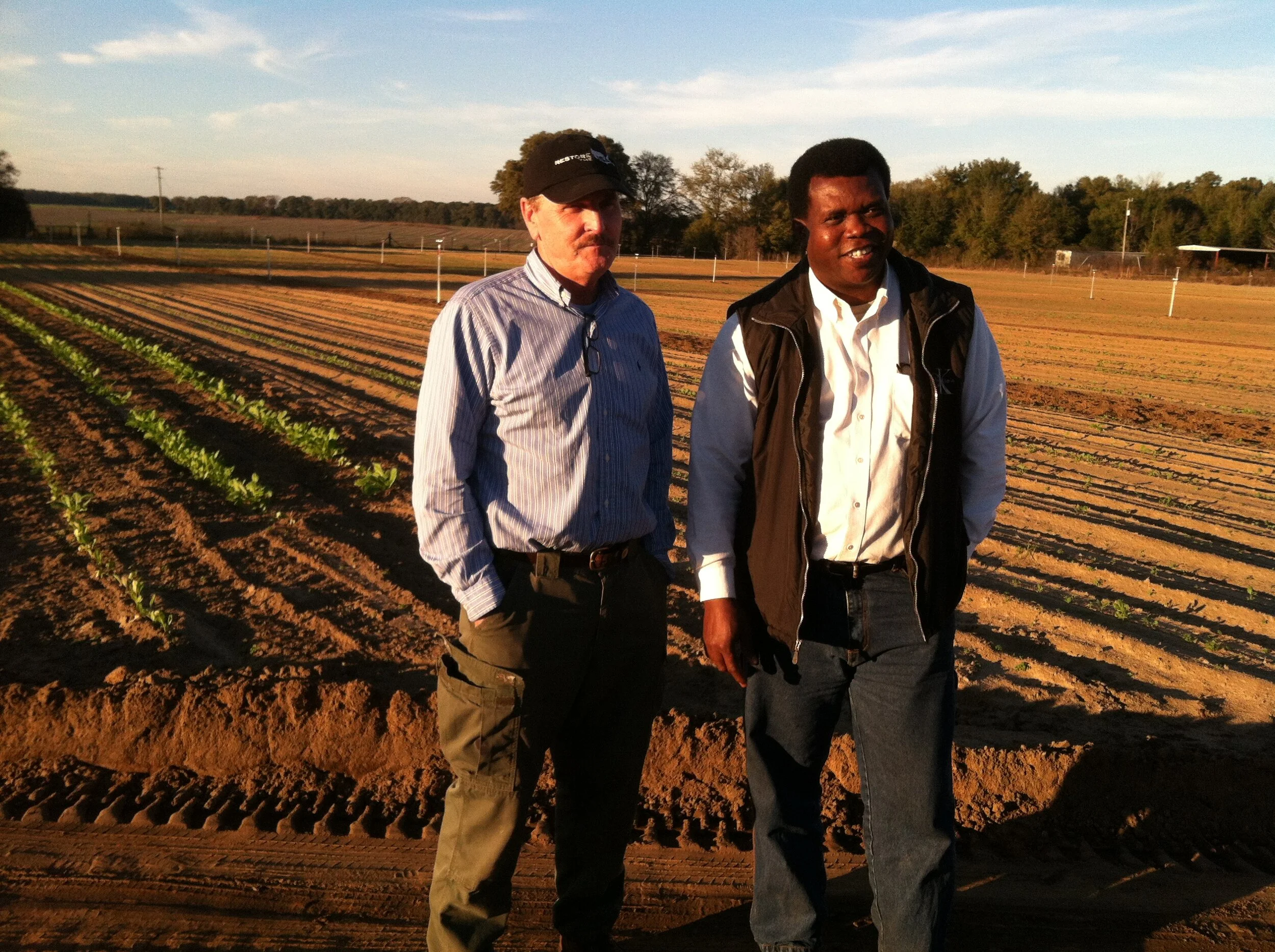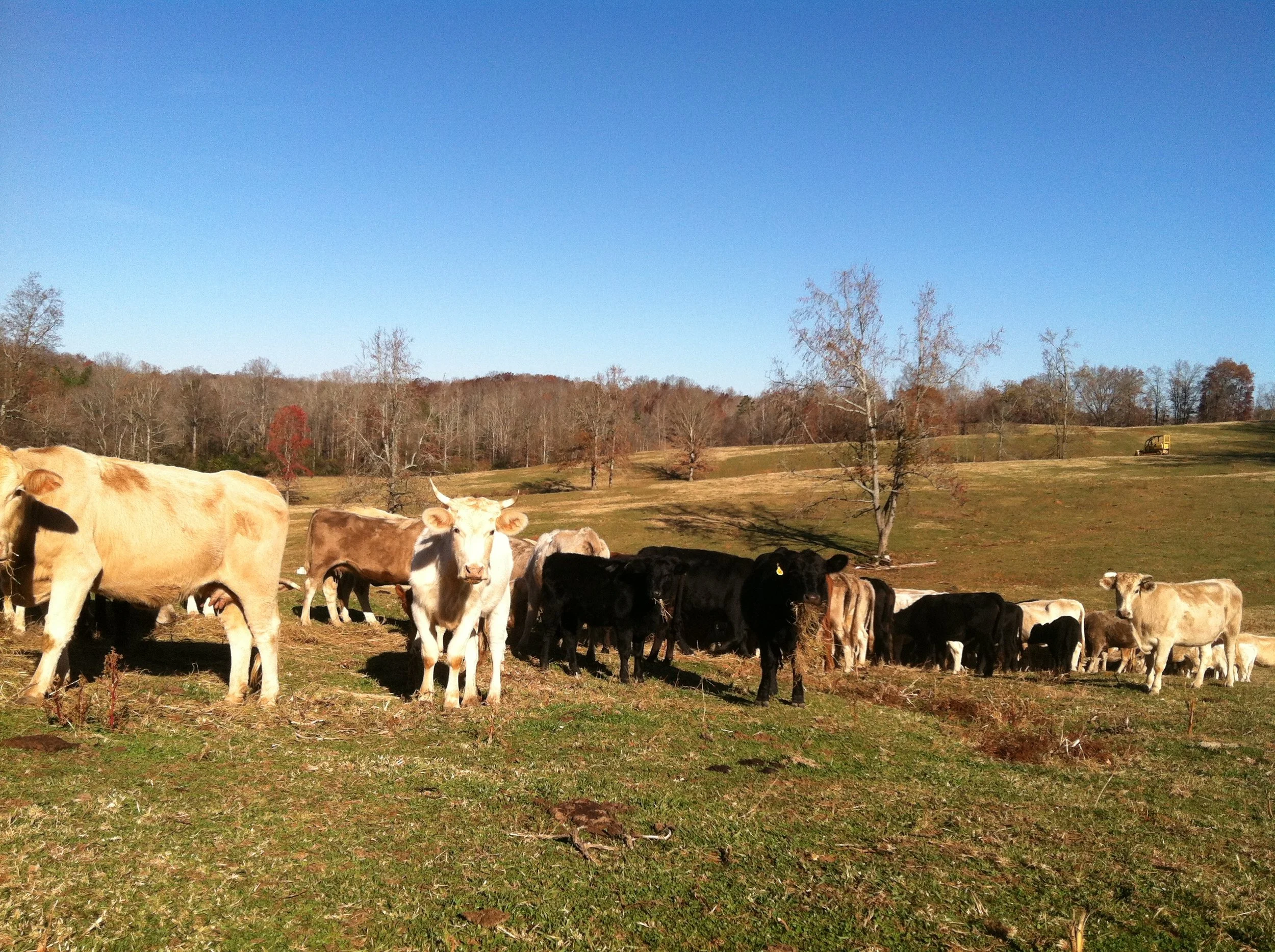The U.S. Department of Agriculture (USDA) today announced the availability of two programs that protect hemp producers’ crops from natural disasters. A pilot hemp insurance program through Multi-Peril Crop Insurance (MPCI) provides coverage against loss of yield because of insurable causes of loss for hemp grown for fiber, grain or Cannabidiol (CBD) oil and the Noninsured Crop Disaster Assistance Program (NAP) coverage protects against losses associated with lower yields, destroyed crops or prevented planting where no permanent federal crop insurance program is available. Producers may apply now, and the deadline to sign up for both programs is March 16, 2020.
Read MoreUSDA’s Natural Resources Conservation Service (NRCS) reminds historically underserved producers, who are participating in the Environmental Quality Incentives Program (EQIP), of the advance payment option. This option allows them to get conservation practice payments in advance of practice implementation.
Read MoreThe U.S. Department of Agriculture’s (USDA) Risk Management Agency (RMA) is reminding producers that their crop insurance premiums for the 2019 crop year are due January 31. Under this change, policies that do not have the premium paid by January 31, 2020, will have interest attach on February 1, calculated from the date of the premium billing notice.
Read MoreUSDA’s Farm Service Agency (FSA) encourages agricultural producers to enroll now in the Agriculture Risk (ARC) and Price Loss Coverage (PLC) programs. March 15, 2020 is the enrollment deadline for the 2019 crop year.
Read MoreThis is our evaluation from the workshop in Tifton on May 2. Please do not fill it out if you have already submitted an evaluation or you did not attend the event.
Read MoreFarmers and ranchers who enroll in CRP receive a yearly rental payment for voluntarily establishing long-term, resource-conserving plant species, such as approved grasses or trees (known as “covers”) to control soil erosion, improve water quality and develop wildlife habitat on marginally productive agricultural lands.
Read MoreThis natural disaster designation allows FSA to extend much-needed emergency credit to producers recovering from natural disasters. Emergency loans can be used to meet various recovery needs including the replacement of essential items such as equipment or livestock, reorganization of a farming operation or the refinance of certain debts.
Read MoreGeorgia counties eligible for the Livestock Forage Program have been announced. LFP provides compensation to eligible livestock producers who suffer grazing losses for covered livestock due to drought on privately owned or cash leased land or fire on federally managed land.
Read MoreThe Farming Basics app includes information about major insect pests and diseases, horticultural crop descriptions and general management tactics. The app also features a fertilizer and irrigation calculator to assist beginning farmers save dollars on inputs.
Read MoreAgricultural producers now can enroll in the Agriculture Risk Coverage (ARC) and Price Loss Coverage (PLC) programs – two U.S. Department of Agriculture (USDA) safety net programs – for the 2020 crop year. Meanwhile, producers who enrolled farms for the 2018 crop year have started receiving more than $1.5 billion for covered commodities for which payments were triggered under such programs.
Read More

